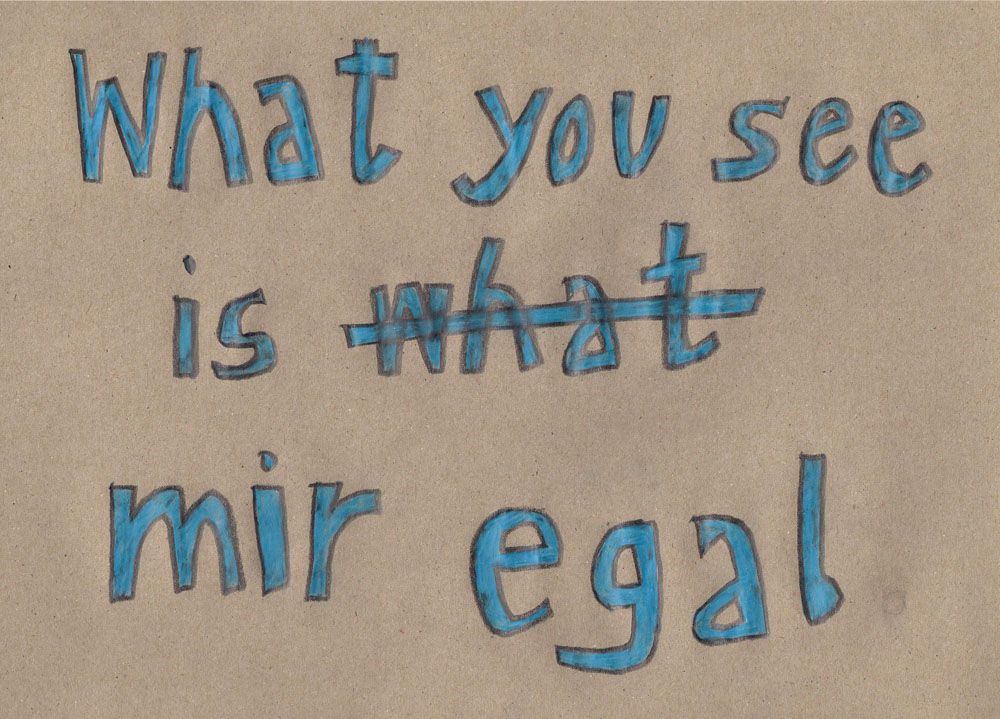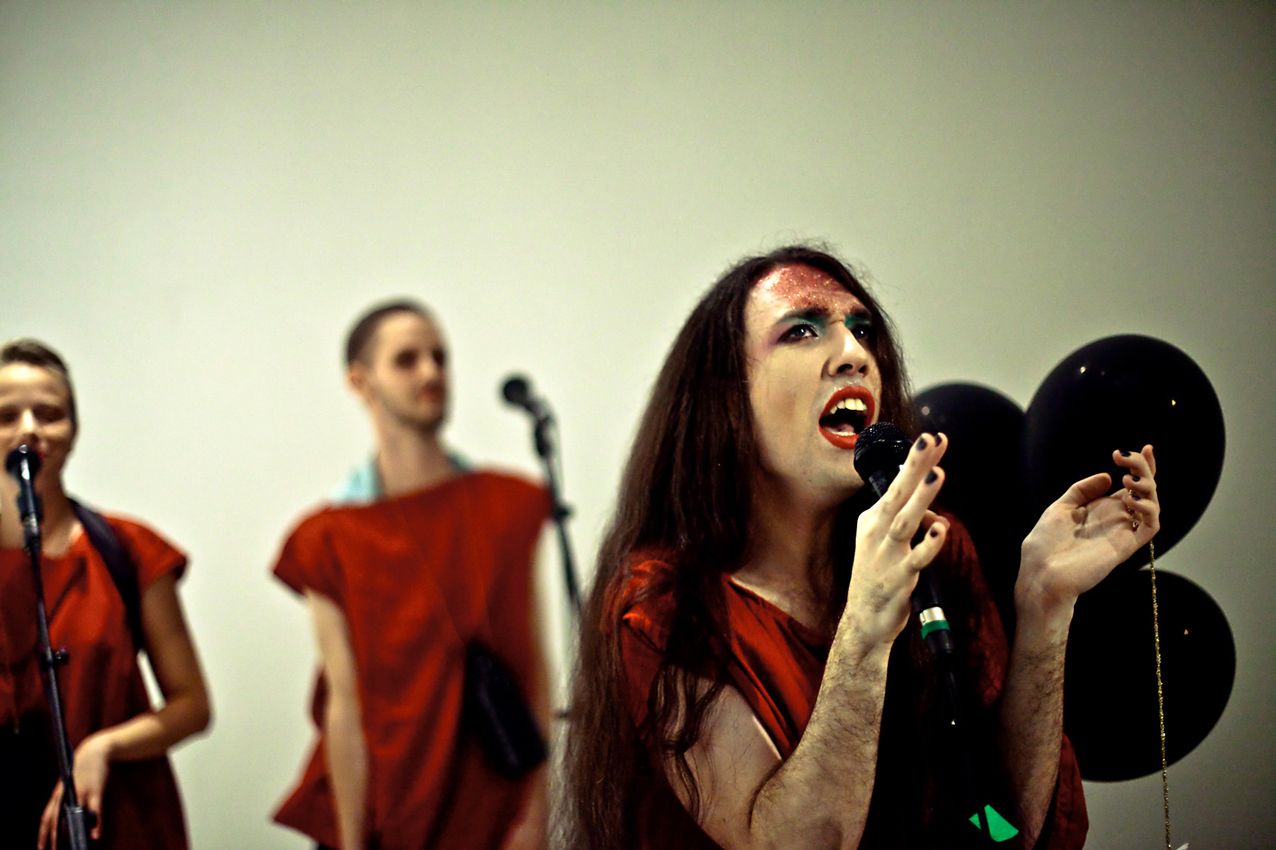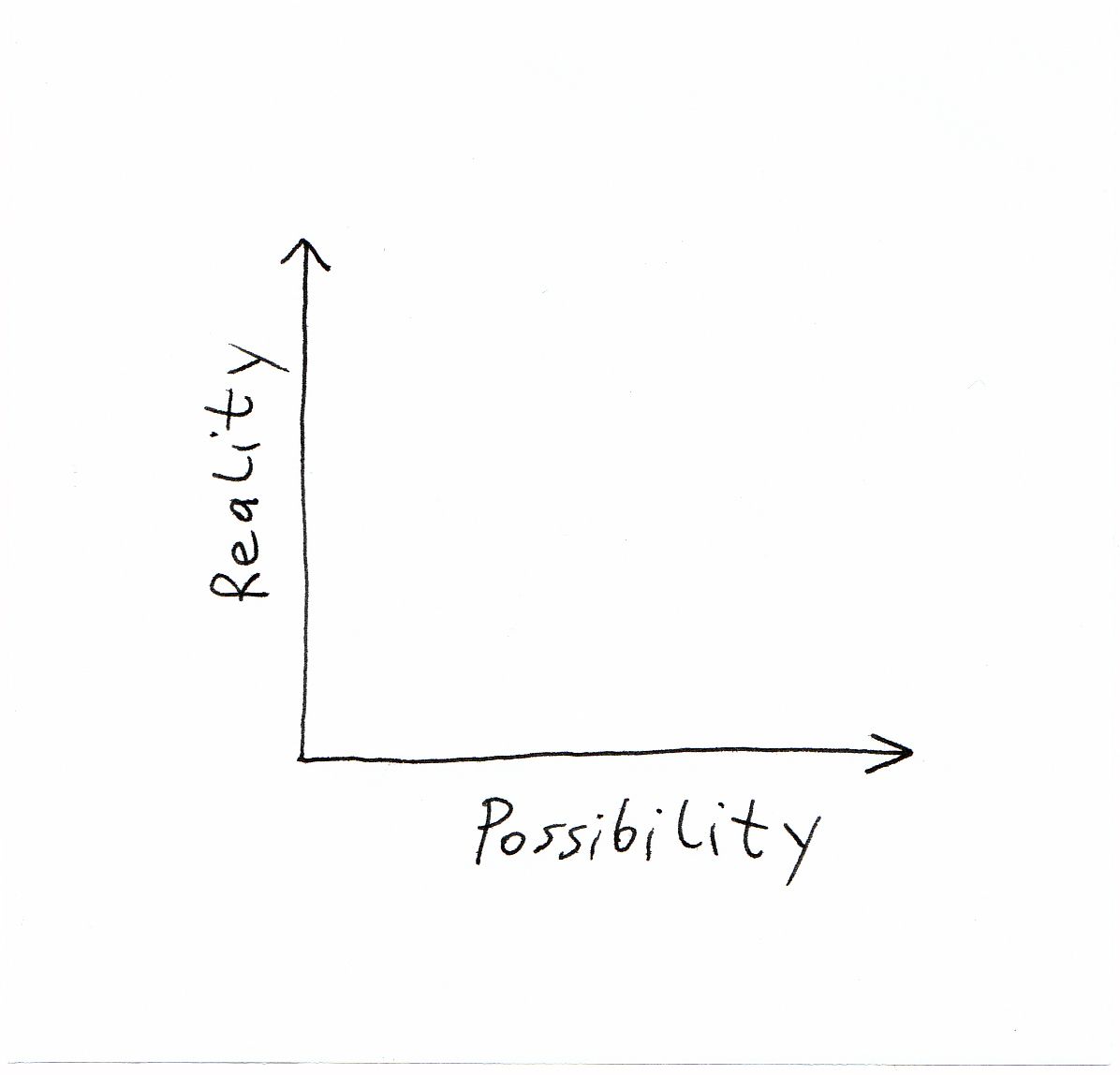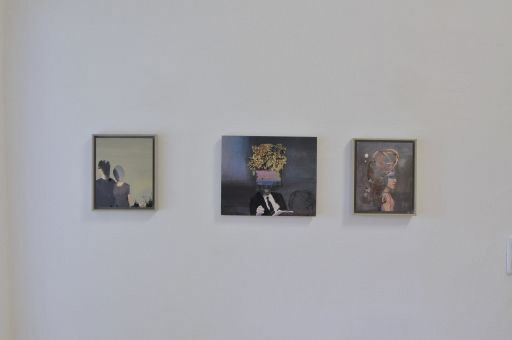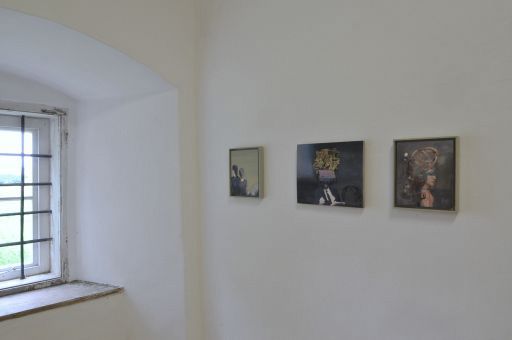Stephanie Aigner,
Petra Braun,
Dietmar Brehm,
Crazy Bitch in a Cave,
Astrid Käthe Wagner,
Clemens Denk,
Conny Habbel,
Marlene Haderer,
Eva Kadlec,
Christina Hainschwang,
Armin Haller,
Julia Hinterberger,
Paul Horn,
Harald Hund,
Ursula Hübner,
Sabine Jelinek,
Andreas Karner,
Chrono Popp,
Vanja Krajnc,
Jakob Lechner,
Andrea Lüth,
Marcin Maciejowski,
Haruko Maeda,
Eva Marschik,
Stephanie Mold,
Max Müller,
Elisabeth Neuwirth,
Bernd Oppl,
Sasha Pirker,
Katrin Plavčak,
Anne Schneider,
Johanna Serdinschek,
Karo Szmit,
Bernhard Weber
:
The Fine Fruits and the Governess
Back
Information
Hübner, who has been teaching at the Kunstuniversität Linz for many years, saw the potential to pay tribute to this genius loci, and to concentrate on artistic approaches that could be linked to the subject of "learning and growing in the broadest sense" (from the press release). Further reasons for this thematic focus were provided by the expansive garden of the schloss with an additional venue, the former orangery, as well as the recently renovated frescoes in the Sala Terrena of the Schüttkasten, where an allegorically lush nature triumphs over the buildings of civilisation. Trusting in her artistic expertise in the field of curating, too, Hübner intuitively concentrates these local references in a tour arranged according to spaces along the leitmotifs that the curator describes in the concept as: "addressing a great deal in these recent years: growing, cutting, grafting, blooming, withering, breaking out, flourishing and letting oneself go, suffering, loving, admiring, emulating, practising, realisation and the hope for the most beautiful place in the solar system." That Hübner used these criteria for an intergenerational exhibition was one of the key factors for the project's success here, along with the fact that in the end the over 30 participants engaged primarily with the insecurity tied to development processes instead of an — anyway doubtful — equating natural processes with the human social educational experience.
Practise
In-line with both the title as well as the historical biography, the exhibition began with spaces that had been dedicated to lessons and education, the "finger exercises and the classical subjects" (concept text). The paintings and drawings by Stefanie Aigner, Julia Hinterberger, Elisabeth Neuwirth and Eva Marschik reminded visitors of the necessity of artistic practise with genres and techniques as a paradoxical precondition for an independence that is bult on these. Sabine Jelinek updates the classical still life by using Polaroid as her medium, while Johanna Serdinschek's disfunctional pseudo-fitness object leads into the midst of the world of drilling, of training and compulsion. Bertha von Suttner must have had this world before her eyes when she remembered the 1880s in her text Maschinenzeitalter. Zukunftsvorlesungen über unsere Zeit (The Machine Age, 1889), in the chapter about teaching the young, as follows: “The pupil never made the assumption that all those things that the sciences engage with — earth, language, morals, the realm of animals, plants and minerals — were slowly evolving existences that had adapted to adopt new forms thousands of times; and even less did they suspect that even knowledge of these things could still be incomplete, capable of change and in need of broadening…"* Serdinschek's strangely haunting object and Jelinek's series natura morta led directly into the more existential layers of the subject of the exhibition. Accordingly sensitised from the outset, the view subsequently neither overlooked the hardly veiled memento mori in several works (Andreas Karner, Vanja Krainc, Haruko Maeda) nor irritational elements, like the reference to the proximity of death in the declaration of love in Kathrin Plavcak's kissing angel.
The Haunting and the Instable
The ground floor spaces adjacent to the Sala Terrena are dedicated to the sense of insecurity and change, and so with the core accompanying phenomena intrinsic to any truly educational experience. Bertha von Suttner, the virtual patron saint of the exhibition, had to experience her own transformation in Harmannsdorf of all places, when she fell in love with the son of the House, for which she had to resign her position and whom she was subsequently able to marry in 1876 against the will of his parents. The artists in this part of the exhibition have succeeding in conveying the fragility of current life in their works, whether in the form of cut-up elements in the paintings by Ursula Hübner or in the protagonists of the pictures by Marcin Maciejowski, whose cool forlornness conveys style along with experience. Experience is, however, not possible without change. When Conny Habbel visits the space of her childhood and youth for a photographic work she engages with her own changes and enters these spaces, which have become unstable and the furniture of which is only metres away in the video by Paul Horn and Harald Hund, where it falls apart in an entirely physical sense.
Paintings and their Predecessors
As a history-aware medium, painting always develops in relationship to other paintings, which so become examplary, and so quite literally 'idols'. A project like the exhibition in Harmannsdorf, which relates strongly to painting and is dedicated to growing up and maturing, can accordingly not be complete without contributions that address role-models, model studies and contemporary forms of idolatry, as is the case in the works of Dietmar Brehm, Petra Braun, Clemens Denk and Tina Hainschwang, for instance. Here the span of references ranges from Roman busts to queer culture, pop and the art world, so encompassing the entire field of current inspirational potential for artistic and personal experience.
Work and Organisation
The concept, the hanging and the progression of the exhibition might not have followed the narrative of the ex-governess' life, but for this author it looks as if the route taken by the exhibition from the Schüttkasten to the distant former-orangery opposite is to be seen in relationship to Bertha von Suttner's journey of several years in the Caucasus, which helped her to begin her work as a journalist, work on which she subsequently based a career. So Suttner's educational history led her to the writer's profession, although at the beginning of her career she still published under a male pseudonym to avoid frivolous criticism and stereotyping. In the exhibition the work by Andrea Lüth and Sasha Pirker addresses the working environment for art producers today. They place formal, sober, analytical accents in an exhibition whose overall signature anyway tends more strongly towards intimacy and formal restraint than to clichéed ex-youth culture expressivity.
Experience and Utopianism
Ursula Hübner and the artists she gathered together are aware of the ambiguity of early experiences. In particular, they have not forgotten that it is primarily in retrospect that an adult designates those times as carefree times. Marked by later experiences and so, like Anne Schneider's wax heads in the last space of the exhibition, the look back glorifies what tends to be felt in the moment of growing up as a painful dissonance between reality and possibility, the two poles in Karo Szmit's billboard diagram at the beginning of the exhibition, to which diverging lines lead. The 'youthfulness' of the project was, however, to be seen in the fact that, alongside the depiction of serenity and also melancholy, the ability to love and to be idealistic remain intact: perhaps the earth will become the most beautiful place in space, as it is described in the title to the song by the band Mutter, which is represented in the exhibition with a music video and drawings by their lead singer Max Müller. And there is also something that aspires to overcome the limitations of one's own (mousey) existence in the funkily contrary I want 2 rokk by Andreas Karner and Chrono Popp.
Limitation and Change
It is precisely in this aspiration to overcome limitations and to provide the potential for change that the notion of education being close to nature expounded by Bertha von Suttner meets Ursula Hübner's curatorial (and didactic) aspirations. For Bertha von Suttner's notion of nature was not indebted to a dubious 'eternal' truth, as is frequently projected onto nature today. It was informed instead by the theory of evolution, which provides insight into the ability to change, which gave hope to those — like Bertha von Suttner in Maschinenzeitalter — who argumented openly against the dogmatic petrification in the Church and the State in matters relating to education. The interdisciplinary approach taken by the exhibition Die Edlen Früchte und die Gouvernante and the successful combination of a teaching and a studying generation stands for an aspiration that goes beyond art: As it had been possible for Bertha von Suttner to succesively abandon her pseudonym and — living again in Harmannsdorf from 1885 — for her impact to spread far beyond her former boundaries, the exhibition also maintains that art and education have to be associated with change and so, in the final analysis, with emancipation.
Contributors
- Kuration
